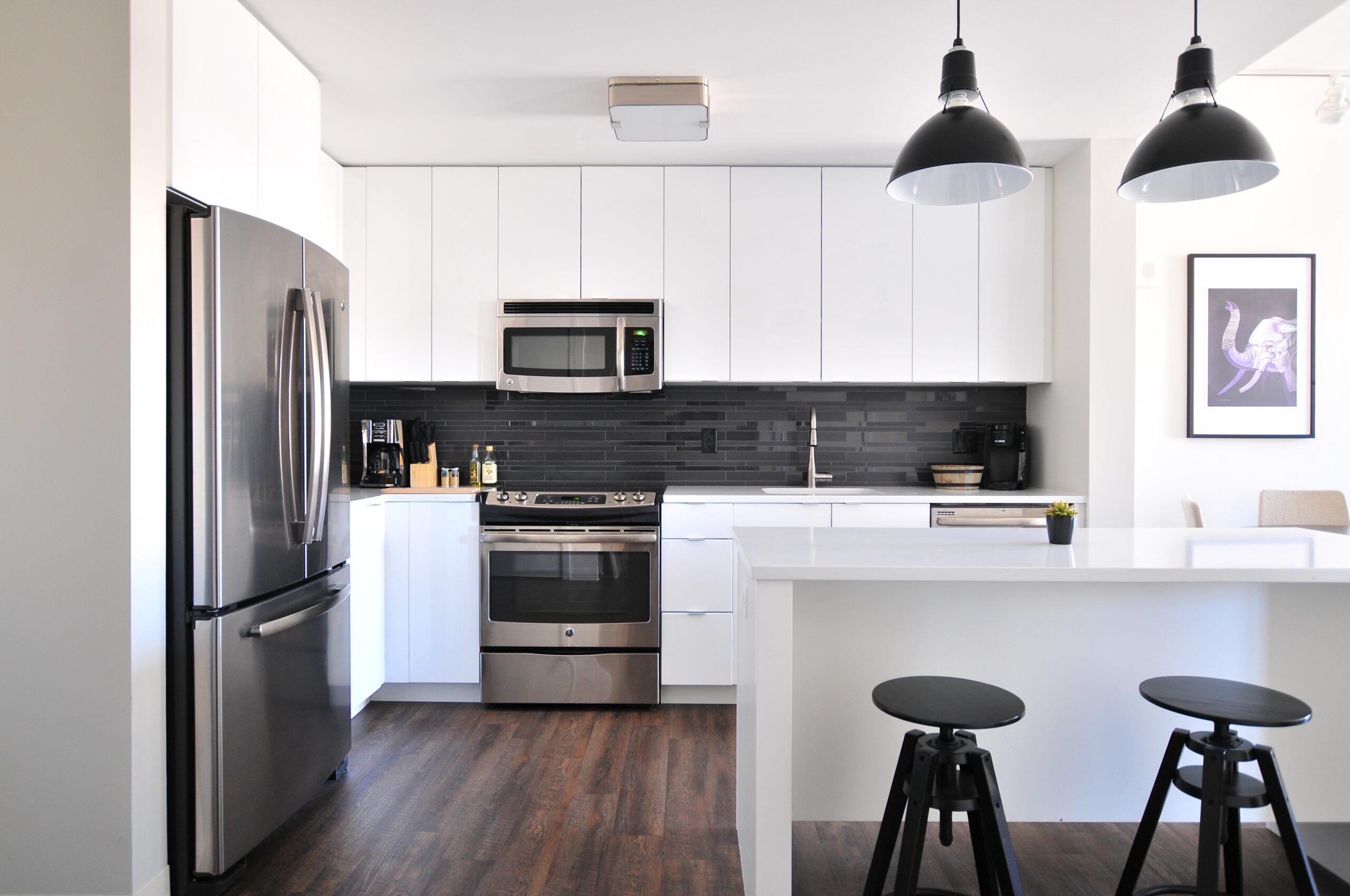
Preparing for Deep Cleaning
Before diving into the deep cleaning process, it’s crucial to prepare your kitchen properly. Here are a few steps to get you started:
a. Clear the Clutter: Remove any unnecessary items from countertops, cabinets, and drawers. This will make it easier to clean and organize your kitchen.
b. Gather Supplies: Make sure you have all the necessary cleaning supplies, including gloves, microfiber cloths, scrub brushes, all-purpose cleaner, degreaser, baking soda, vinegar, and any other specialized cleaning products you prefer.
c. Safety First: Ensure proper ventilation by opening windows or turning on exhaust fans. If you’re using any chemical cleaners, read the instructions carefully and follow safety precautions.
Tackling the Kitchen Appliances
Deep cleaning your kitchen appliances is an essential part of the process. Here’s how to clean some common appliances:
a. Oven: Remove oven racks and soak them in warm, soapy water. Use an oven cleaner or a mixture of baking soda and water to clean the interior. Wipe down the exterior surfaces.
b. Refrigerator: Empty the fridge, discarding expired items. Remove shelves and drawers and wash them with warm, soapy water. Clean the interior using a mixture of water and vinegar. Don’t forget to wipe down the exterior as well.
c. Microwave: Place a microwave-safe bowl filled with water and a few slices of lemon inside the microwave. Heat it for a few minutes, then wipe down the interior with a cloth. Clean the exterior surfaces as well.
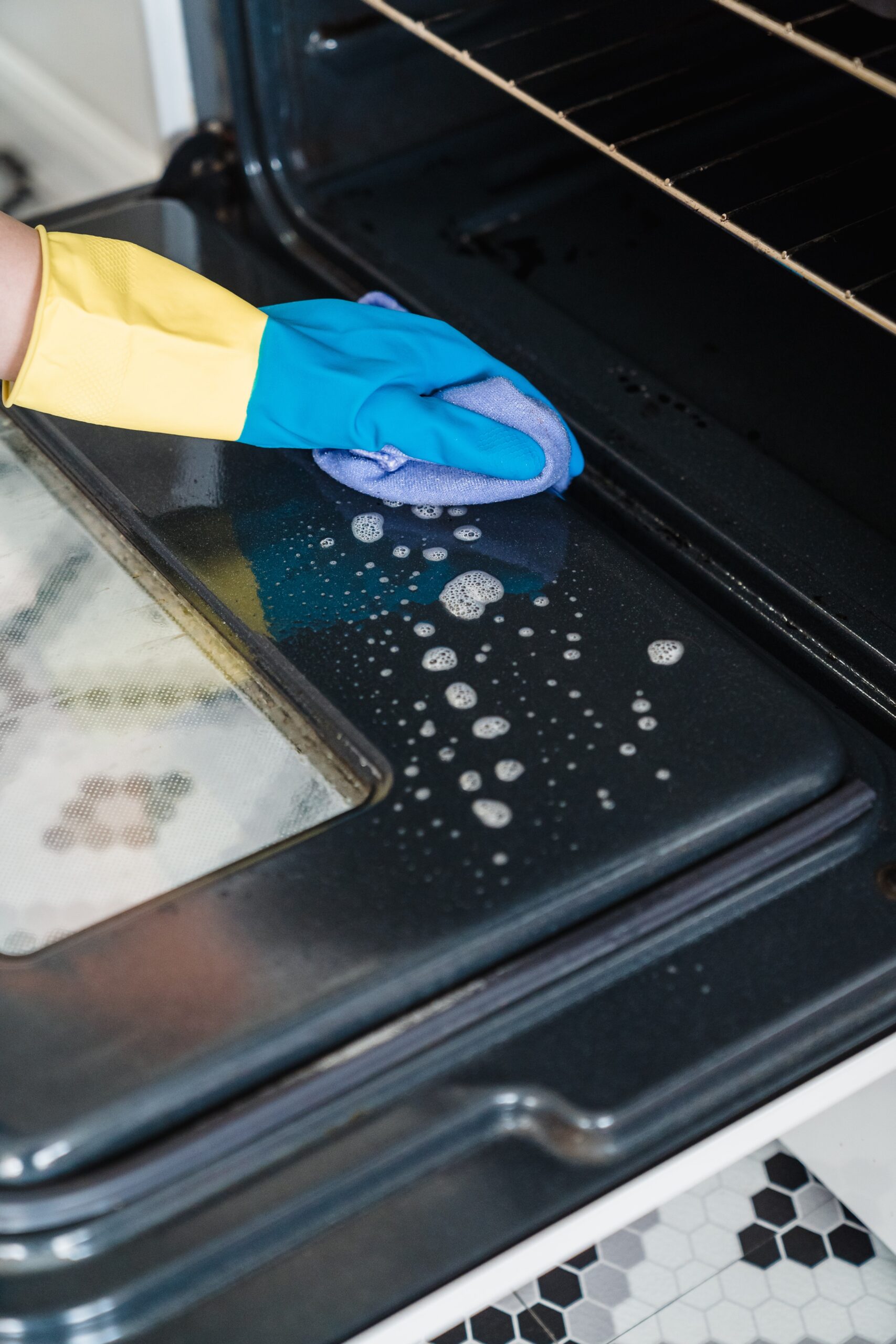
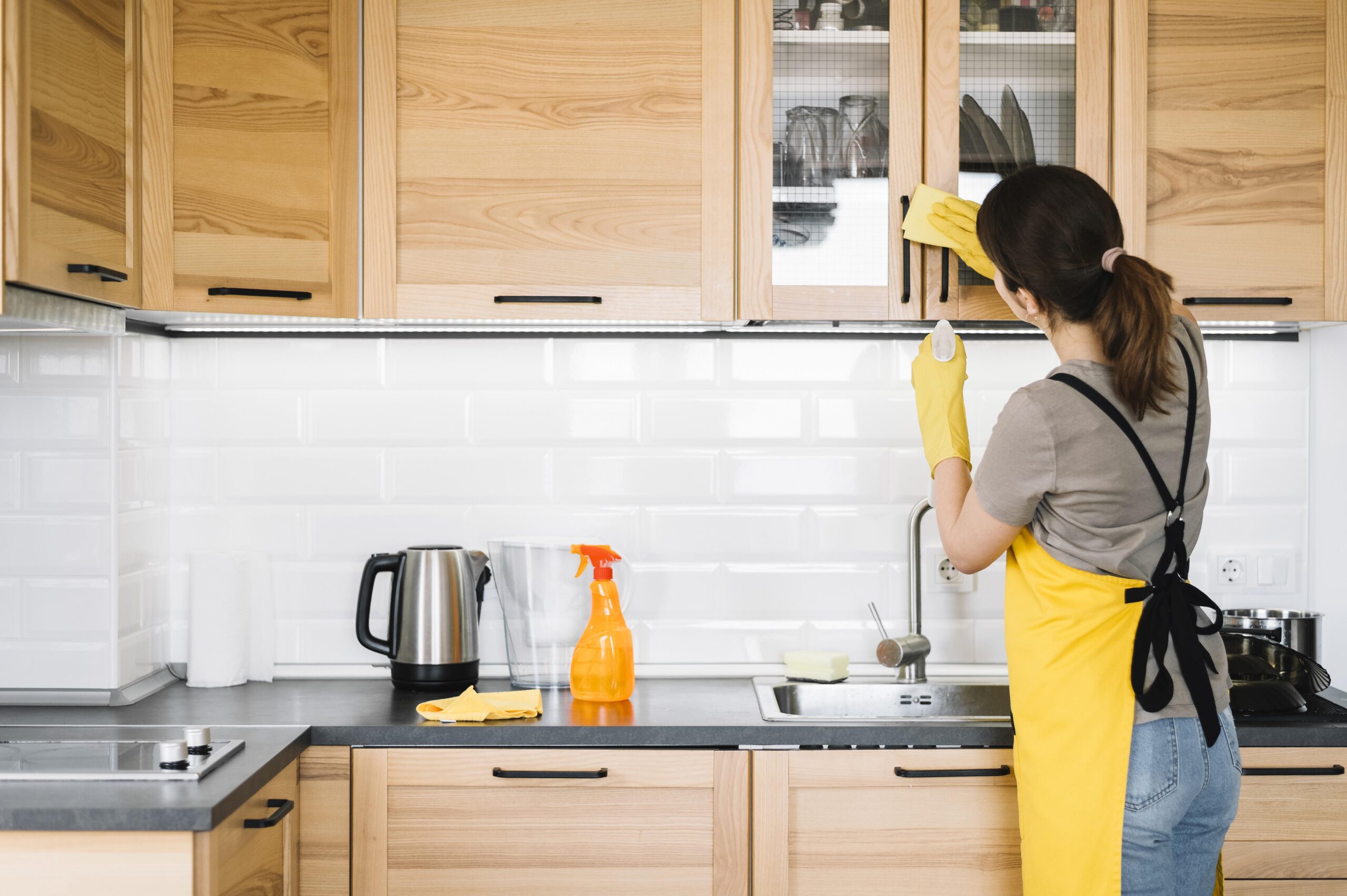
Deep Cleaning Countertops, Cabinets, and Surfaces
a. Countertops: Clear the countertops and wipe them down with a mild cleaner or a mixture of water and dish soap. For stubborn stains, use a baking soda paste. Don’t forget to clean the grout lines if you have tiled countertops.
b. Cabinets: Remove all items from the cabinets and wipe down the interior and exterior surfaces. Use a wood cleaner for wooden cabinets and a mild cleaner for other materials. Organize and declutter as you put items back.
c. Sink and Faucets: Scrub the sink using a non-abrasive cleaner or a mixture of baking soda and water. Pay attention to the faucet and handles, removing any mineral deposits or grime.
Floors and Walls
a. Floors: Sweep or vacuum the floor to remove loose dirt and debris. Depending on the flooring type, mop with a suitable cleaner or a mixture of warm water and vinegar. Pay attention to corners and hard-to-reach areas.
b. Walls: Wipe down the walls with a mild cleaner and a sponge or cloth. Pay extra attention to areas near the stove and sink, as they tend to accumulate grease and splatters.
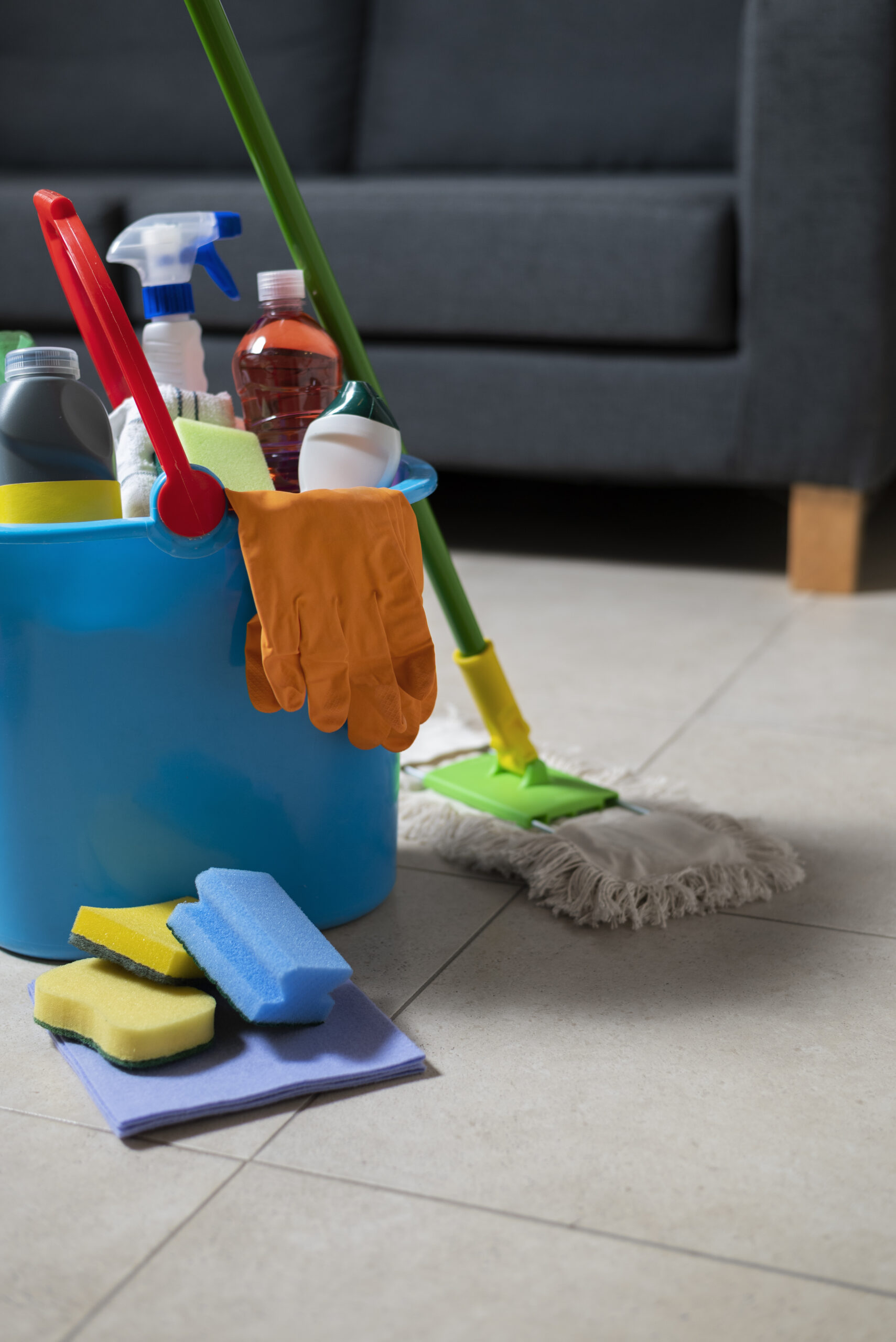
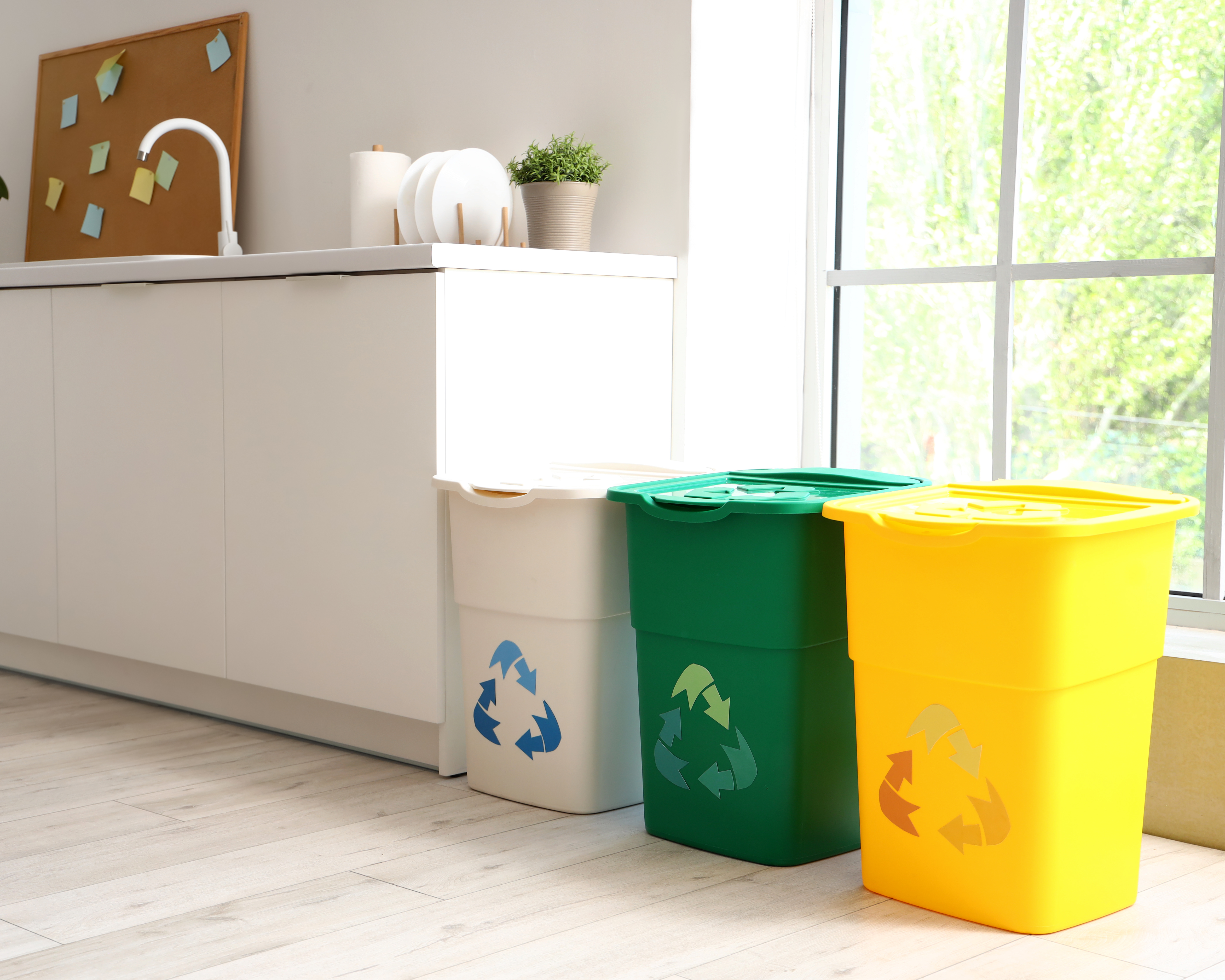
Finishing Touches
a. Trash and Recycling Bins: Empty and clean the trash and recycling bins thoroughly. Use a disinfectant to eliminate any lingering odors.
b. Ventilation: Clean or replace the range hood filter and wipe down the vent cover to ensure proper airflow.
c. Maintenance: Develop a regular cleaning schedule to keep your kitchen in top shape. Consider implementing daily, weekly, and monthly cleaning tasks to maintain cleanliness and prevent the need for deep cleaning too frequently.


